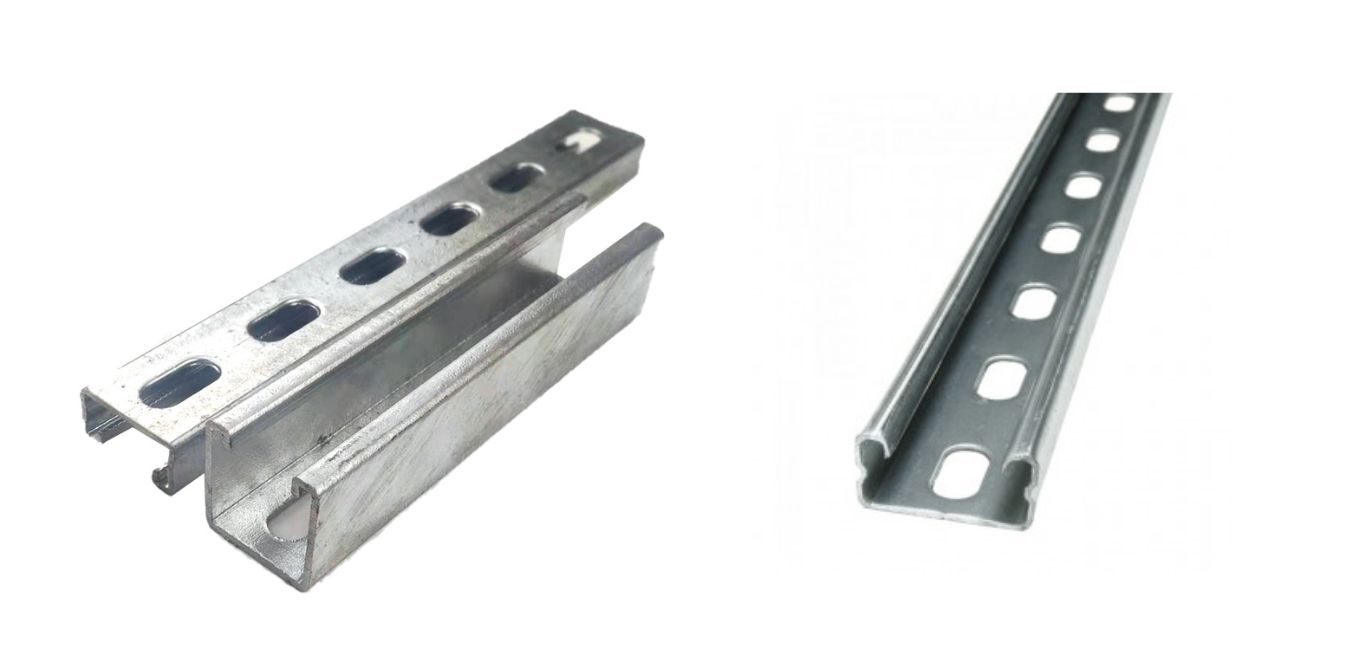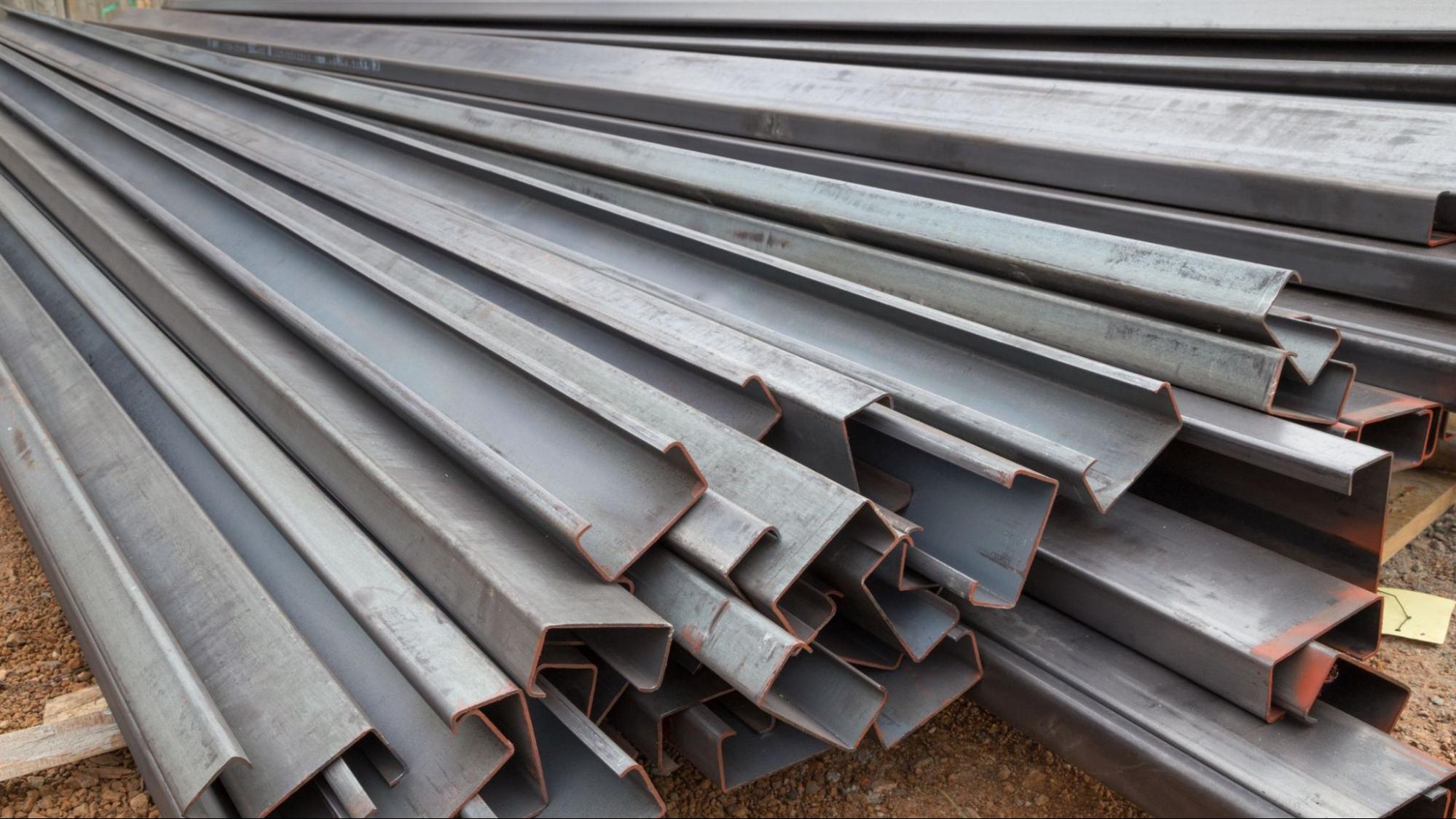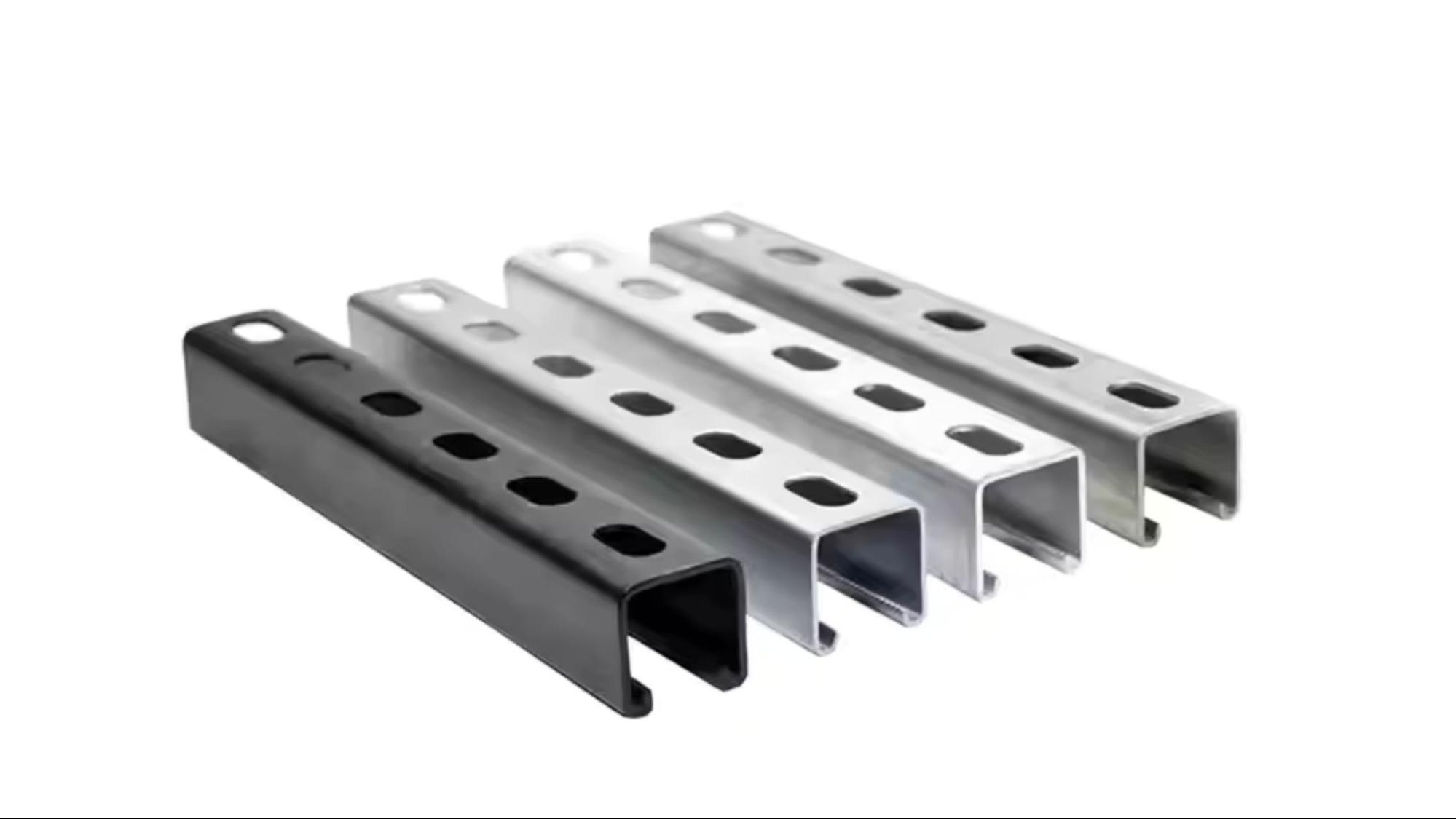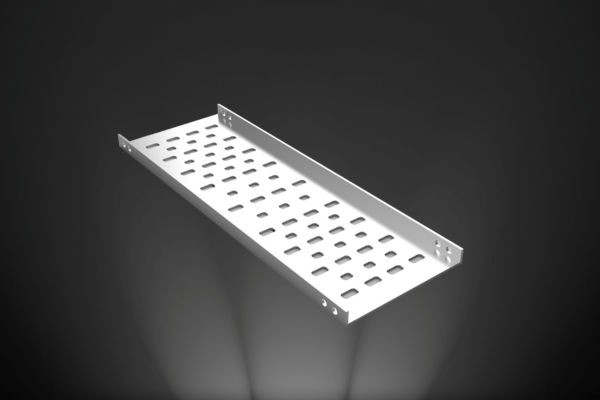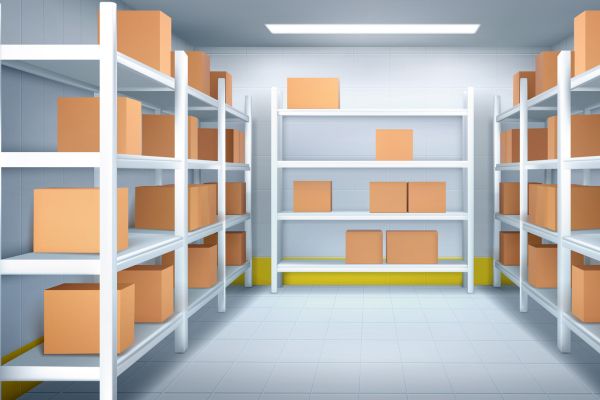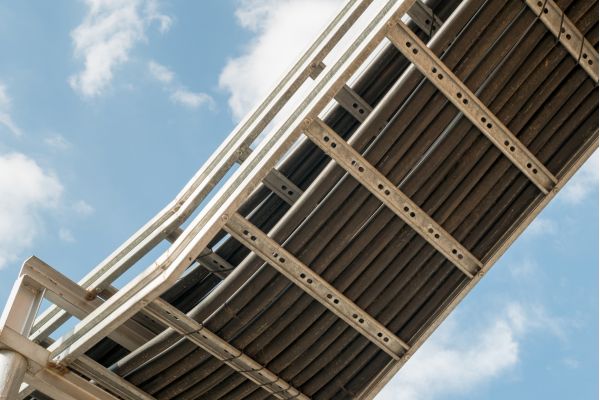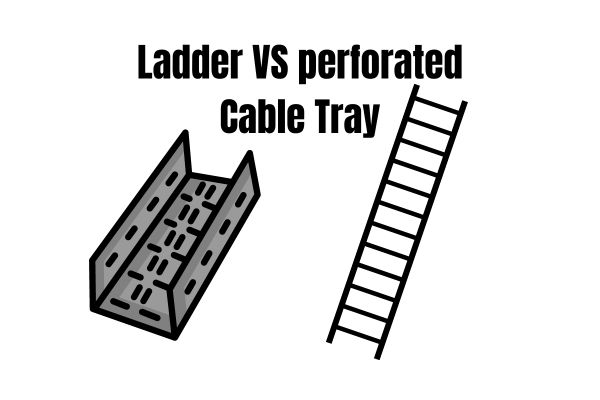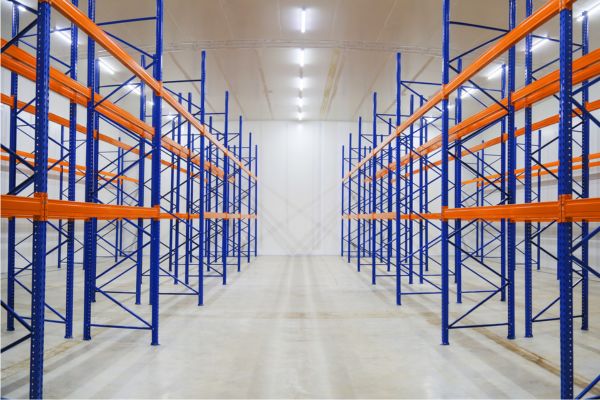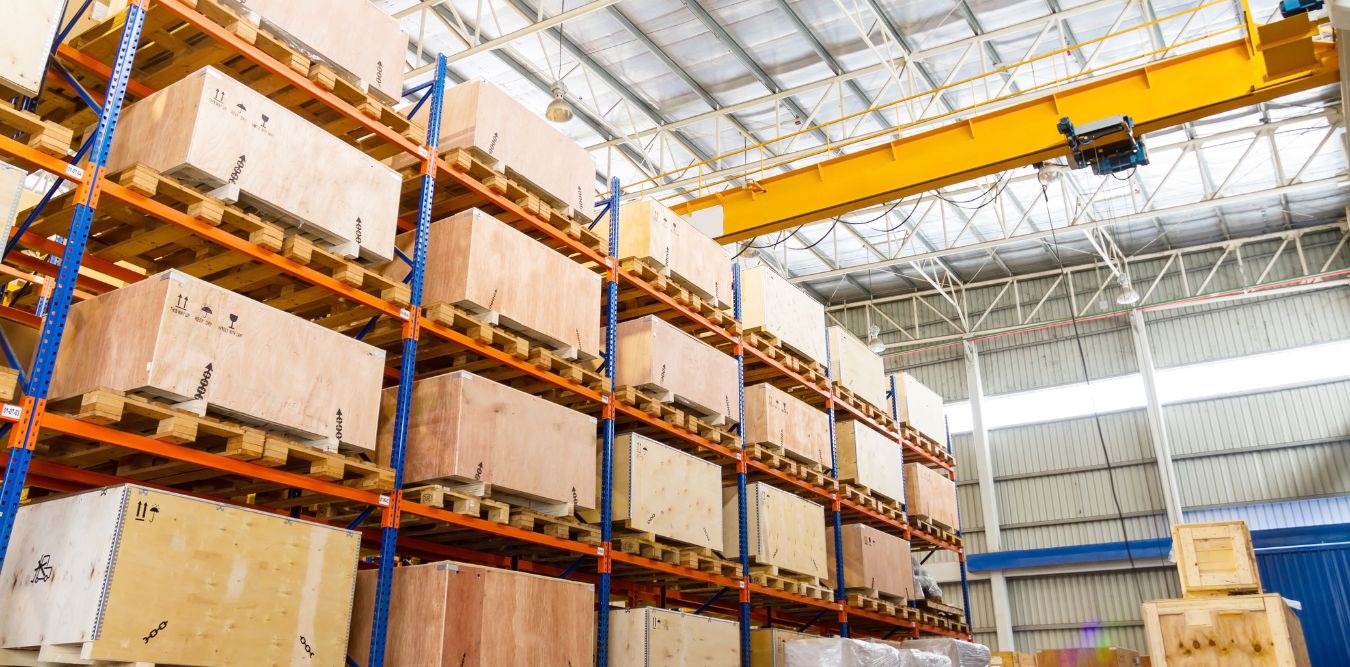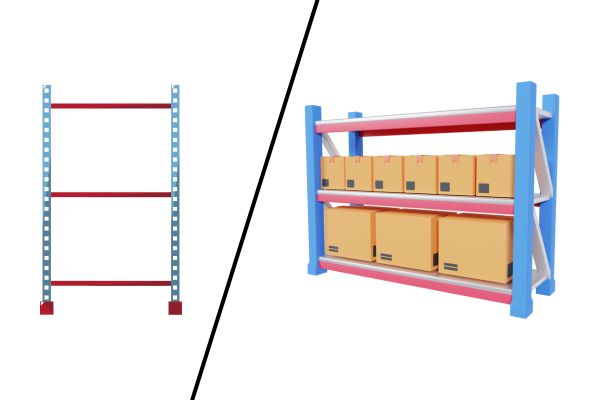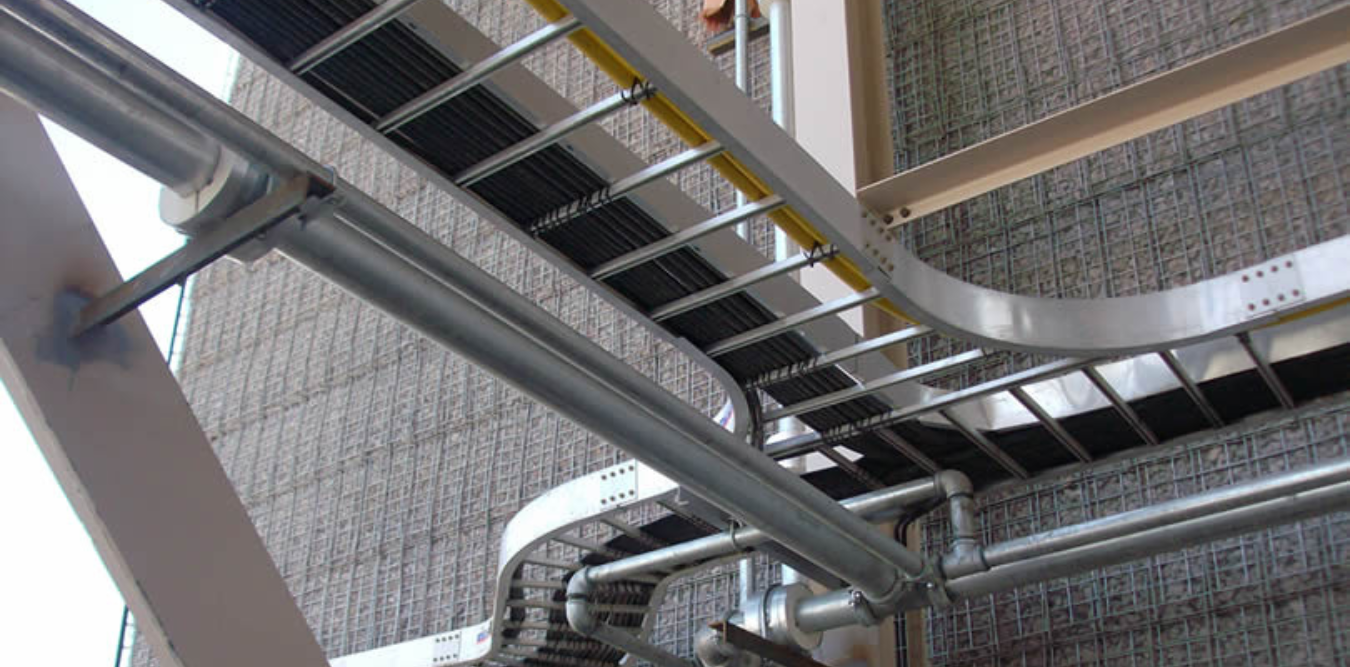Introduction to Supporting C Channels
In the world of construction, mechanical engineering, and electrical infrastructure, supporting C channels are unsung heroes. You may not have heard much about them, but they're everywhere. From holding up cable trays in commercial buildings to providing structural support in steel frameworks, C channels are an essential part of modern engineering.


